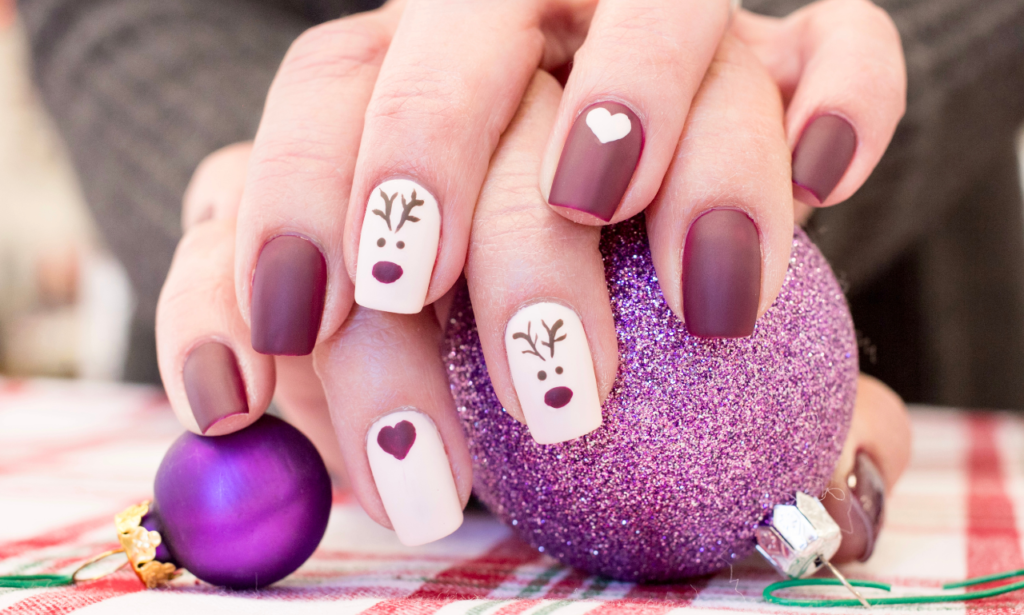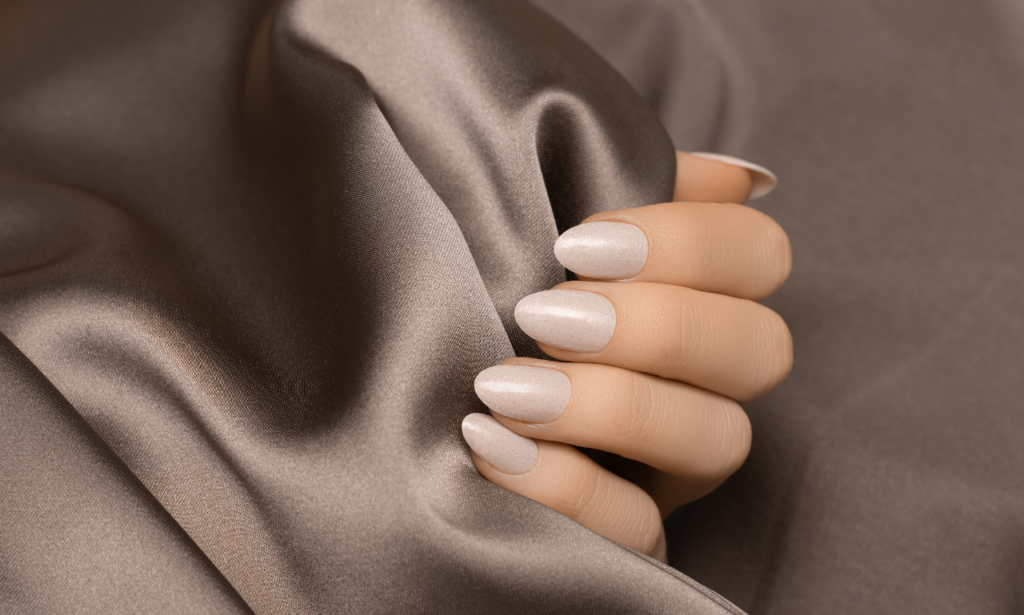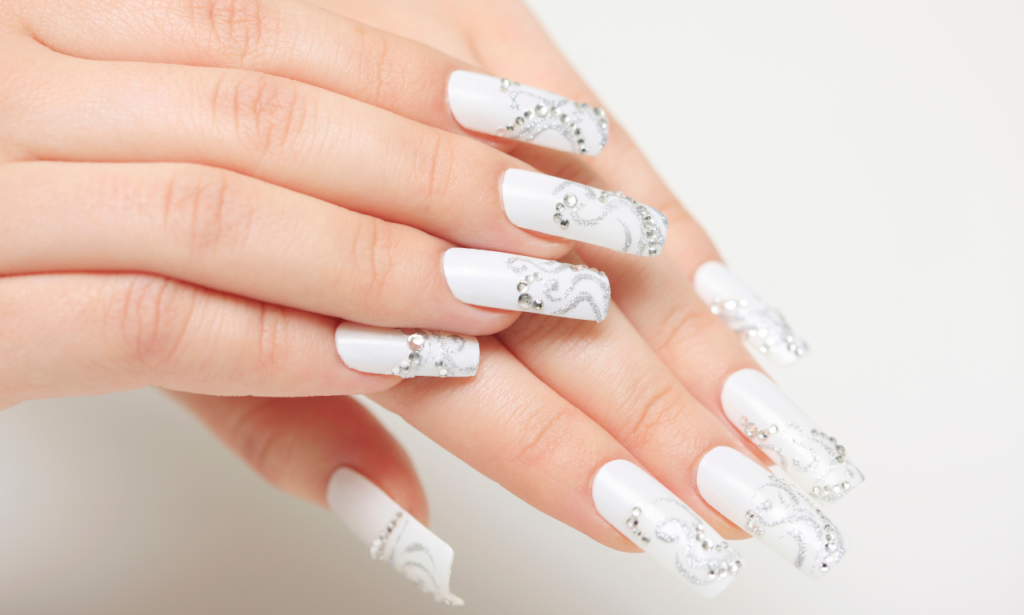Are you torn between gel nail art and traditional polish for your next manicure? With so many options available in the beauty industry, it can be challenging to decide which type of nail treatment is right for you. In this article, we’ll explore the differences between gel nail art and traditional polish, comparing factors such as application, durability, cost, and more to help you make an informed decision.
Introduction to Gel Nail Art vs. Traditional Polish
Gel nail art and traditional polish are two popular options for achieving beautiful nails, each with its own set of advantages and considerations. Understanding the differences between these two options can help you choose the best option for your needs and preferences.
Understanding Gel Nail Art

Gel nail art involves applying layers of gel polish to the nails, which are then cured under a UV or LED lamp to harden and set the polish. This results in a glossy, long-lasting finish that can withstand daily wear and tear without chipping or fading.
Also Read: Nail Art on Short Nails
Exploring Traditional Nail Polish
Traditional nail polish, also known as lacquer, is a liquid formula that air-dries to a hard finish when applied to the nails. Traditional polish comes in a wide range of colors and finishes, making it a versatile option for nail art enthusiasts.
Application Process
The application process for gel nail art involves several steps, including prepping the nails, applying a base coat, curing the gel polish under a lamp, applying additional layers of color, and finishing with a top coat. Traditional polish is applied in a similar manner but does not require curing under a lamp.
Durability and Longevity
One of the key advantages of gel nail art is its durability and longevity. Gel polish can last up to two weeks or more without chipping or fading, making it ideal for individuals with busy lifestyles. Traditional polish, while less durable, can still provide several days of wear with proper application and maintenance.
Also Read: Duration of Nail Art
Removal Process

Removing gel nail art requires soaking the nails in acetone or using specially formulated gel polish removers to break down the layers of polish. Traditional polish can be removed using regular nail polish remover and cotton pads.
Cost Comparison
Gel nail art typically costs more than traditional polish due to the additional time and products involved in the application process. However, the longevity of gel polish may offset the higher initial cost for some individuals.
Health and Safety Considerations
There are some concerns about the potential health risks associated with gel nail art, such as exposure to UV light during the curing process and the use of acetone for removal. However, with proper precautions and care, these risks can be minimized.
Variety and Creativity
Both gel nail art and traditional polish offer endless possibilities for nail designs and creativity. Gel polish allows for intricate designs and embellishments, while traditional polish offers a wide range of colors and finishes to choose from.
Maintenance and Upkeep
Maintaining gel nail art involves regular touch-ups and appointments to fill in growth and maintain the appearance of the nails. Traditional polish may require more frequent touch-ups but is generally easier to maintain at home.
Also Read: Nail Care for Different Nail Types: Oily, Dry, and Brittle
Environmental Impact
There is growing awareness of the environmental impact of nail products, including the disposal of gel polish bottles and the chemicals used in the manufacturing process. Some individuals may prefer eco-friendly alternatives to traditional gel nail art.
Customer Preferences
Ultimately, the choice between gel nail art and traditional polish comes down to personal preferences and lifestyle factors. Some individuals may prefer the long-lasting durability of gel polish, while others may appreciate the simplicity and affordability of traditional polish.
Professional Recommendations

Nail technicians and professionals can provide valuable insights and recommendations based on their experience and expertise. Consider consulting with a nail technician or visiting a salon to discuss your options and receive personalized recommendations for your nails.
FAQs About Gel Nail Art vs. Traditional Polish
- What are the main differences between gel nail art and traditional polish? Gel nail art requires curing under a UV or LED lamp and offers long-lasting durability, while traditional polish air-dries to a hard finish and requires no curing.
- Is gel nail art more damaging to nails than traditional polish? While gel nail art may cause more damage to nails if not applied or removed properly, both gel and traditional polish can be worn safely with proper care.
- How long does gel nail art typically last compared to traditional polish? Gel nail art can last up to two weeks or more without chipping, while traditional polish may last several days to a week depending on the brand and application.
- Can I achieve the same nail art designs with gel nail art and traditional polish? Yes, both gel nail art and traditional polish offer endless possibilities for nail designs and creativity, allowing you to express your unique style and preferences.
- Are there any alternatives to gel nail art and traditional polish? Yes, there are alternative nail treatments such as dip powder, acrylic nails, and nail wraps that offer different benefits and considerations compared to gel and traditional polish.
Conclusion
In conclusion, the choice between gel nail art and traditional polish depends on your individual preferences, lifestyle, and priorities. Whether you’re looking for long-lasting durability, endless creativity, or eco-friendly alternatives, there’s a nail treatment option out there to suit your needs. Consider exploring both gel nail art and traditional polish to discover which option works best for you and your nails.

